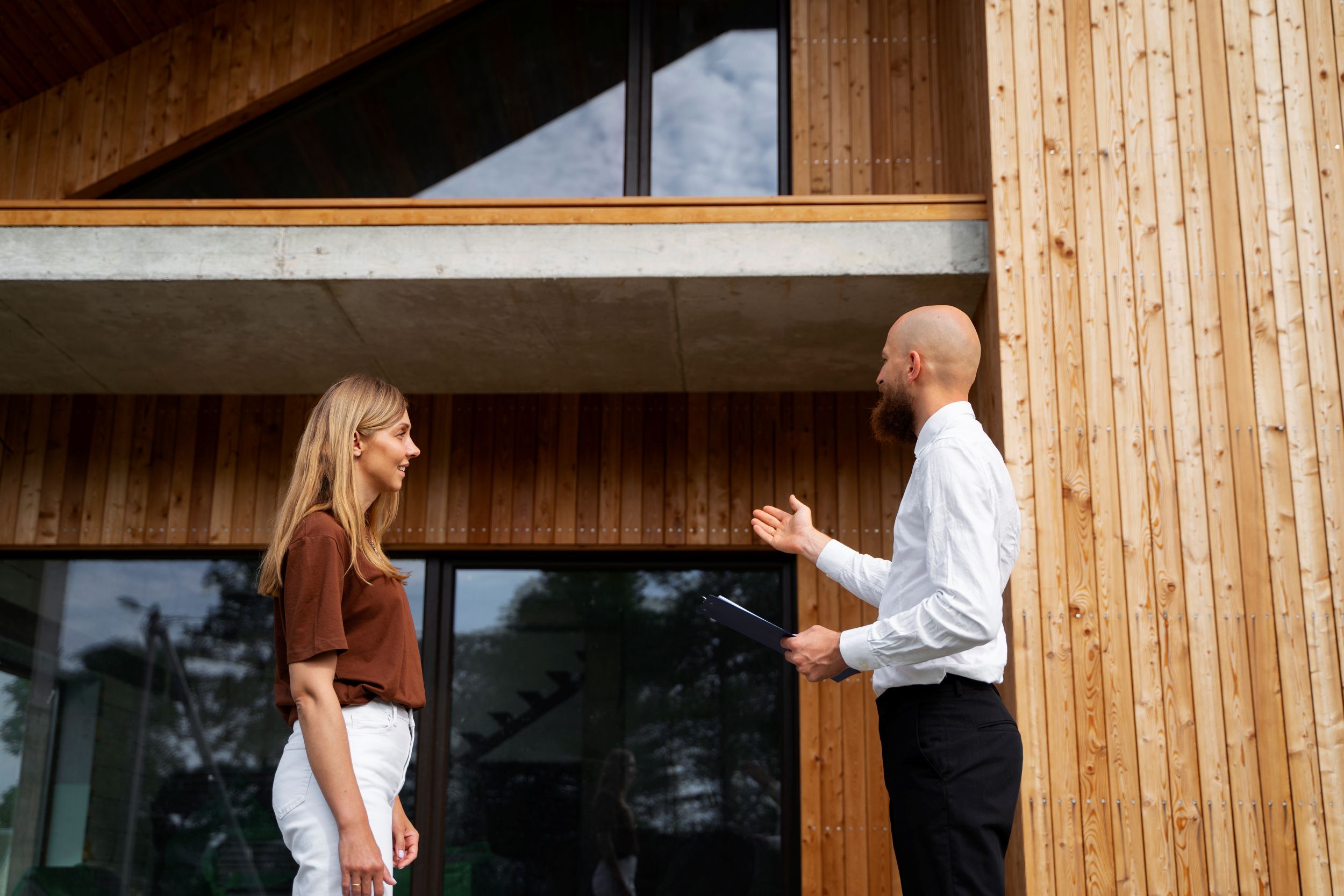.jpg)
Separate Entrance to Basement Cost
Adding a separate entrance to your basement is one of the most practical ways to improve accessibility, increase privacy, and enhance property value. Whether you want to convert the basement into a rental unit, create a private suite for family members, or simply make the space more versatile, a dedicated entryway can be the key. However, homeowners are often most concerned about the separate entrance to basement cost, which varies depending on design, materials, and construction complexity.
.jpg)
Why Add a Basement Separate Entrance?
There are several reasons why homeowners decide to invest in a basement separate entrance. Unlike traditional basements that rely on shared access from the main floor, a separate entry provides independence and flexibility.
- Privacy: A dedicated entry ensures tenants or extended family members can come and go without disturbing the rest of the household.
- Rental Potential: A separate basement entrance is often a requirement for creating a legal rental suite, which can generate steady income.
- Resale Value: Homes with private basement access often sell faster and at higher prices, especially in urban areas where rental demand is high.
- Convenience: Easy outdoor access makes it simpler to use the basement as a gym, office, or workshop without carrying equipment through the main living areas.
- Safety: In emergencies, a second exit provides an additional escape route, improving household safety.
Cost of Adding a Separate Entrance to Basement
The cost of adding a separate entrance to basement is influenced by many variables, from soil type and house design to the choice of materials. On average, homeowners can expect to pay $10,000 to $30,000 for a new entrance.
Factors that drive the final cost include:
- Type of Basement: Above-ground basements require less excavation, while fully underground basements involve significant digging and reinforcement.
- Design: A simple side door with concrete stairs is cheaper than a walkout with a landscaped patio.
- Materials: Basic concrete and steel are cost-effective, while stonework or custom doors increase expenses.
- Permits and Codes: Municipal fees and compliance with zoning laws add to the budget.
- Finishing Touches: Railings, lighting, waterproofing, and landscaping raise the overall price.

Basement Entrance Construction Cost Breakdown
Creating a new entrance is a complex project that involves multiple stages. The basement entrance construction cost depends on how much work is required at each step.
Excavation and Grading
Excavation prepares the ground and provides space for stairs and retaining walls. Costs range from $3,000–$8,000 depending on soil type, machinery, and whether major landscaping adjustments are needed. Clay soil or rocky terrain can push costs higher.
Foundation Cutting and Reinforcement
Cutting through the foundation requires professional equipment and expertise. Reinforcement with steel beams or concrete headers ensures structural safety. This stage costs $2,500–$7,000 on average, with higher prices for older or weaker foundations.
Stairway and Retaining Walls
Exterior stairs are essential for safe access. Retaining walls may be needed to prevent soil collapse. Concrete stairs are the most common, but stone, brick, or wood can be used for a premium look. Expect $4,000–$10,000 for this stage.
Doors and Finishing Materials
The entrance door must be weatherproof, insulated, and secure. Options range from basic steel doors to customized glass designs. Additional costs come from trims, locks, and security systems. This phase costs $1,500–$4,000.
Permits and Inspections
Local regulations require building permits for foundation work and new entrances. Fees vary by municipality, usually $500–$2,000, and include inspections to ensure safety and zoning compliance.

Separate Basement Entrance Ideas
When considering renovation, exploring different separate basement entrance ideas helps homeowners find the best fit for their property.
- Side Entrance: Compact and practical, especially in urban neighborhoods with limited yard space.
- Backyard Entrance: Connects the basement to outdoor living areas such as patios or gardens.
- Walkout with Patio: Ideal for sloped lots, providing direct access and natural light.
- Shared Entry with Separate Door: A cost-effective compromise when space or zoning restrictions limit options.
- Modern Glass or French Doors: Popular in design-focused renovations, allowing more natural light.
- Covered Entrances: Small awnings or canopies protect stairs and doors from rain and snow.
Each idea influences both cost and usability, making design choices a crucial part of the planning process.
.jpg)
Pros and Cons of Adding a Separate Entrance
Before you decide to add separate entrance to basement, it’s worth considering both advantages and disadvantages.
Pros:
- Creates privacy for tenants or family members.
- Increases resale value and buyer appeal.
- Allows legal conversion into a rental suite, generating extra income.
- Provides safety with an additional exit point.
- Enhances convenience for basement gyms, offices, or workshops.
Cons:
- High upfront construction cost, often exceeding $20,000.
- Requires permits and may face zoning restrictions.
- Increases the risk of water infiltration without proper waterproofing.
- Takes up yard space that could otherwise be used for landscaping or recreation.
- Construction can take several weeks and temporarily disrupt property use.
How to Save on Basement Entrance Construction Cost
While a new entrance is a significant investment, there are ways to optimize your budget and reduce expenses without compromising quality.
- Integrate Projects: If you’re already renovating your basement, combine entrance construction with finishing to save on labor.
- Use Standard Materials: Concrete stairs and steel doors are durable and affordable compared to custom stonework.
- Plan for Drainage Early: Installing proper drainage during construction is cheaper than fixing water issues later.
- Work with Local Experts: Partnering with basement renovation experts in Mississauga ensures accurate planning, competitive pricing, and compliance with local codes.
- Avoid Scope Creep: Stick to your original design to prevent unexpected costs.
Conclusion
Investing in a basement entrance is more than a construction project—it’s a way to enhance your home’s functionality, comfort, and value. While the separate entrance to basement cost may seem high, the benefits of rental income, privacy, and increased resale value often make it worthwhile.
From excavation and foundation cutting to doors, stairs, and permits, every stage of the process requires careful budgeting and professional expertise. With thoughtful planning, you can transform your basement into a functional and independent living space.
For professional guidance, quotes, and renovation services, explore House Renovations and discover solutions tailored to your property.
